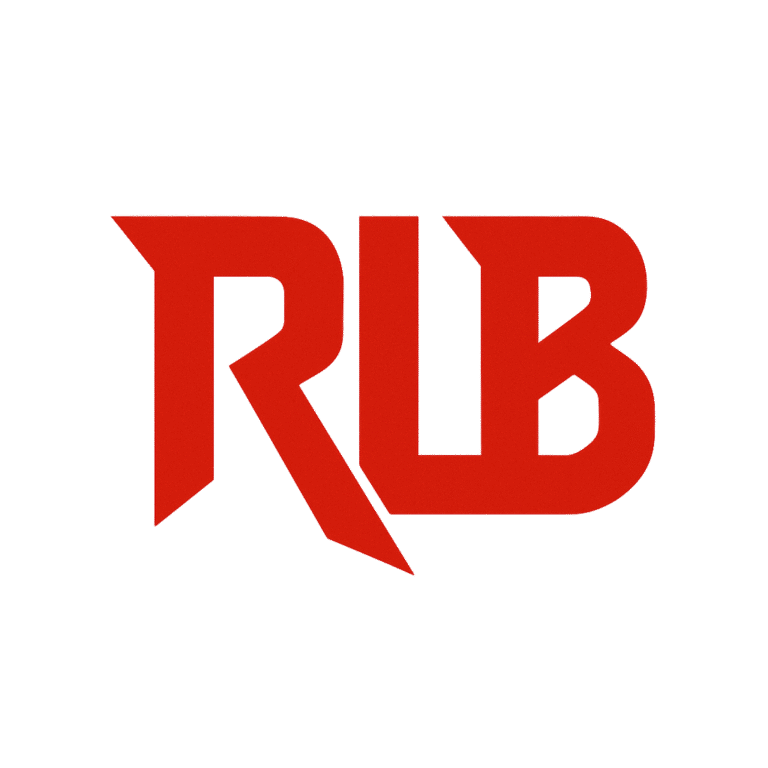
Are you frustrated with grinding wheels that don’t last? Choosing the wrong one slows production and can ruin valuable parts. There is a systematic way to select the perfect wheel every time.
When selecting a grinding wheel, the most critical factor is the material you are grinding. This determines the abrasive type, grain size, bond, and overall structure of the wheel for optimal performance, tool life, and cost-effectiveness.
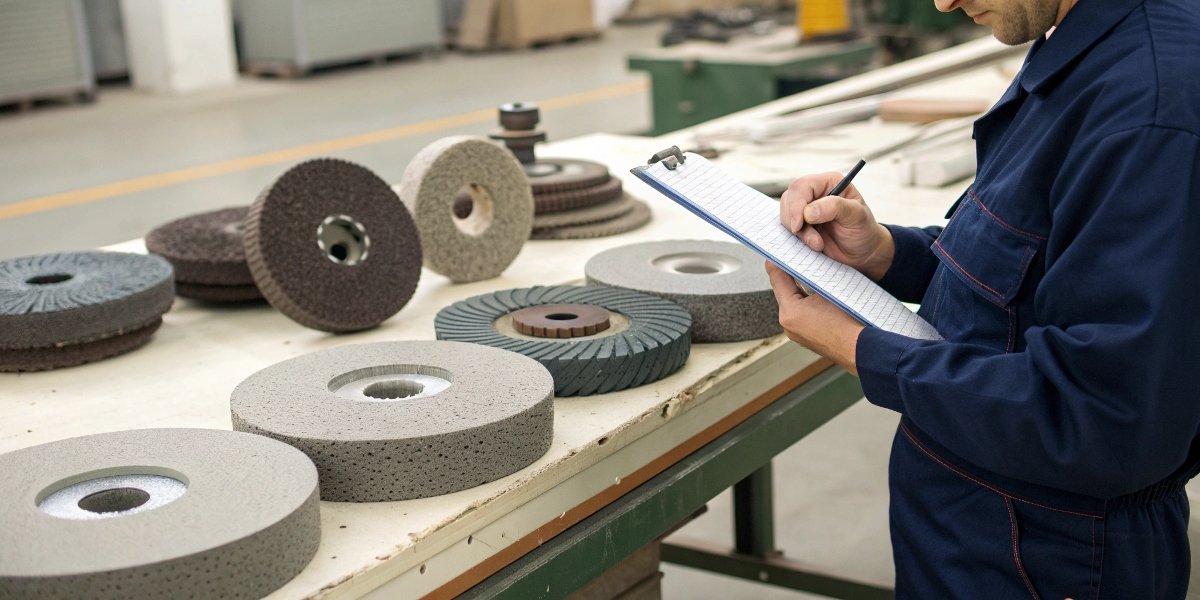
Picking the right grinding wheel often seems more complex than it needs to be. Many people think "harder is better," but that’s a costly mistake. Over my nearly 30 years in this business, I’ve seen that the best choice always starts with one simple question: What are you grinding? Answering that question correctly is the foundation for everything else. It guides you to the right materials and design. Let’s explore the factors you need to consider to get it right.
What factors should be considered when selecting a grinding wheel?
Facing inconsistent results in your grinding operations? This variability often comes from overlooking key selection factors beyond just the wheel’s price. A systematic approach is needed for consistency.
Key factors include the material being ground (its hardness and type), the amount of stock to be removed, the required surface finish, the grinding machine’s power and speed, and the overall cost-effectiveness of the wheel.

Selecting the right wheel is a balancing act where you must consider how these factors interact. For instance, if you need to remove a lot of material quickly (high stock removal1), you might choose a wheel with a coarse grit and an open structure. This allows for aggressive cutting and prevents the wheel from getting clogged with material. However, this choice will result in a rougher surface finish. On the other hand, if a mirror-like finish2 is your top priority, you will need a very fine grit size and a dense structure, but this will slow down your material removal rate significantly. As a purchasing manager, you must also consider the total cost. A cheap wheel that wears out quickly and requires frequent changes can cost you more in downtime and labor than a premium wheel that lasts much longer. We help you find the sweet spot that optimizes for speed, finish, and cost.
What are the five important factors that determine the nature of a grinding wheel?
Confused by the codes on the side of a grinding wheel? These letters and numbers seem random, but they hold the key to the wheel’s performance. Understanding them changes everything.
The five key factors defining a grinding wheel are the abrasive type (what it’s made of), abrasive grain size (its coarseness), the grade (bond hardness), the structure (grain spacing), and the bond type (what holds it together).
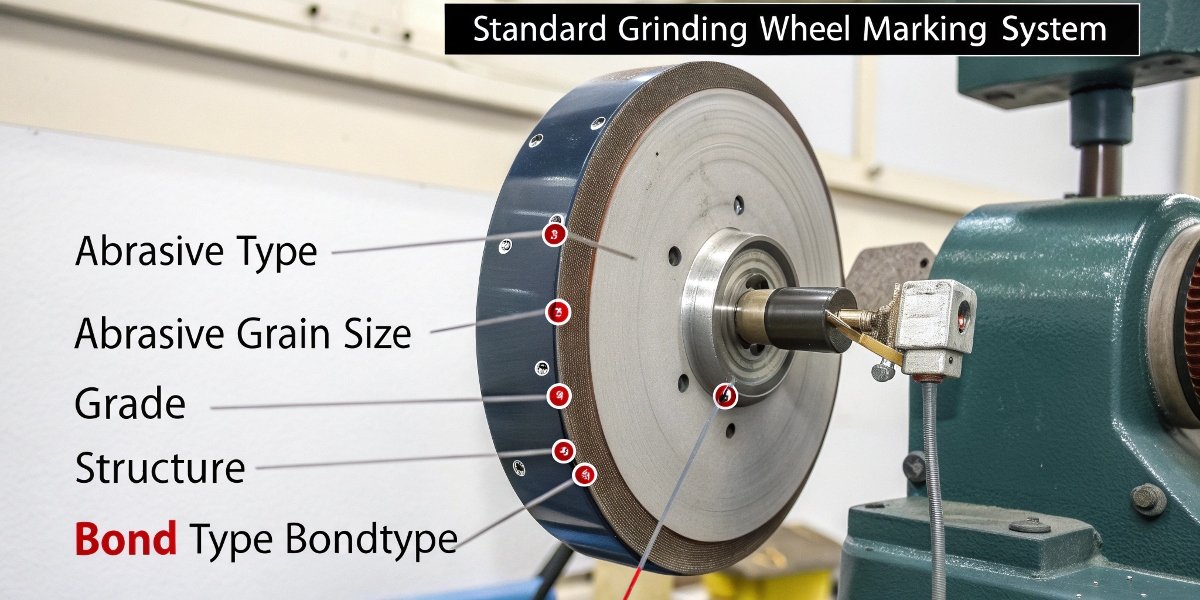
Let’s dive deeper into how these factors work together. The abrasive type is your starting point, matched to the workpiece. The grain size is a trade-off: coarse grains (e.g., size 24) remove material fast but leave a rough finish, while fine grains (e.g., size 120) provide a smooth finish but cut slowly. The grade, or bond hardness3, is crucial for wheel life. A hard grade (e.g., ‘T’) holds onto abrasive grains longer and is used for soft materials. A soft grade (e.g., ‘G’) is vital for hard materials because it allows dull grains to break away, exposing new sharp edges. This is called "self-sharpening4." The structure refers to the spacing between grains. An open structure (e.g., ’12’) provides better chip clearance for soft, gummy materials, while a dense structure (e.g., ‘4’) is better for hard, brittle materials to achieve a fine finish. Finally, the bond type—like vitrified for precision or resinoid for cutting—determines the wheel’s strength and application.
What is the best material for grinding wheels?
Do you believe a harder abrasive is always the best choice? This common mistake leads to poor performance and high costs. The "best" material depends entirely on your specific job.
There is no single "best" material. The choice depends on the workpiece. For ferrous materials like steel, use Cubic Boron Nitride (CBN) or Aluminum Oxide. For non-ferrous materials like carbide or ceramics, use Diamond or Silicon Carbide.

The most common mistake we see is using the wrong abrasive for the workpiece material. It’s an issue of basic chemistry. Diamond5, the hardest known material, seems like the ultimate choice for everything. But when you grind steel (a ferrous material), the high temperatures generated cause a chemical reaction between the iron in the steel and the carbon in the diamond. This reaction effectively dissolves the diamond, and your very expensive wheel will wear away in minutes. This is why Cubic Boron Nitride (CBN)6 is the superior choice for hardened steels. CBN is the second hardest material but is chemically stable with iron, allowing it to maintain its cutting edge. For softer, general-purpose steels, Aluminum Oxide provides the best combination of toughness and cost-effectiveness7. For hard, brittle, non-ferrous materials like tungsten carbide, glass, or ceramics, diamond is the undisputed champion. Matching the abrasive to the material is the first and most important step to an efficient grinding process.
Which factor decides the selection of the grinding wheel?
Overwhelmed by all the variables in wheel selection? It seems like there are dozens of things to consider. But what if you could simplify it down to one single starting point?
The single most decisive factor in selecting a grinding wheel is the material of the workpiece you need to grind. Everything else—the abrasive type, bond, grade, and structure—is chosen based on the properties of that material.
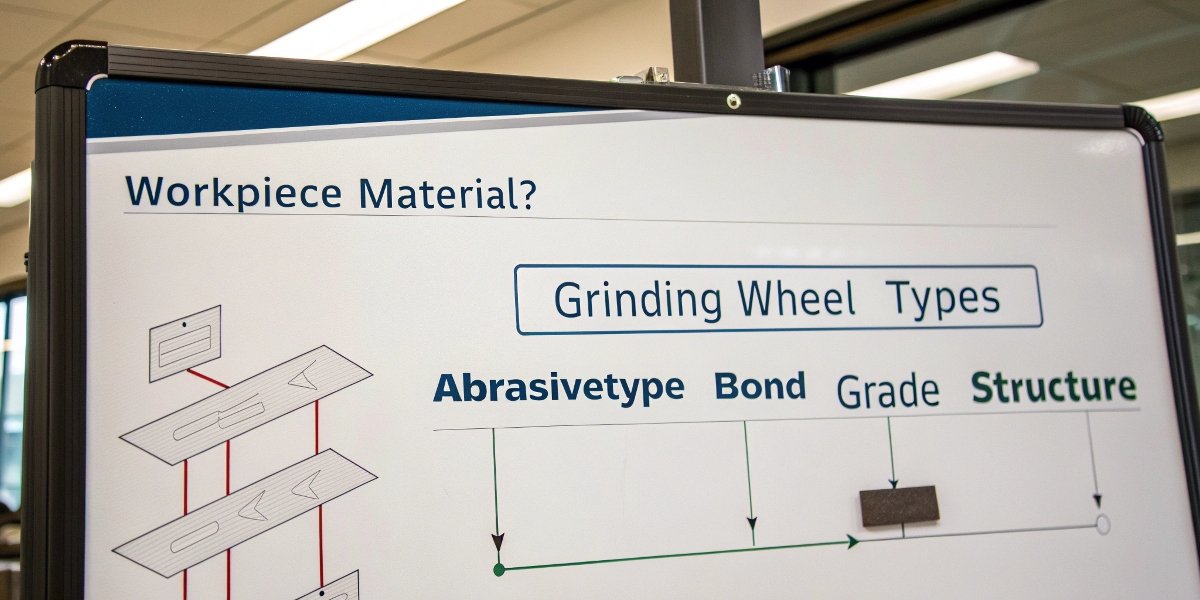
Let me give you a practical example of how we work with a client. A customer in the automotive industry needed a solution for grinding high-hardness D2 tool steel components with a very precise finish. Here’s how we broke it down, starting with the workpiece material8:
- Material: D2 Tool Steel. It’s a very hard, ferrous alloy. This immediately rules out diamond and points directly to a superabrasive. The correct choice is Cubic Boron Nitride (CBN).
- Finish: They required a fine, almost mirror-like finish. This told us we needed a fine grain size (e.g., 180 grit or higher).
- Grinding Action: Because the D2 steel is so hard, we needed a wheel that would not "glaze" or load. This requires a soft grade bond that allows the wheel to be self-sharpening, constantly exposing fresh CBN crystals.
- Application: It was a high-precision surface grinding operation. This led us to recommend a vitrified bond9 for its rigidity and ability to hold a precise form.
As you can see, every decision flowed logically from the first one: the workpiece material.
Conclusion
Always start by considering the workpiece material. This single factor determines the ideal abrasive and wheel design, ensuring you get the right tool for your specific application.
-
Find out which grinding wheels are optimized for high stock removal to enhance your productivity. ↩
-
Explore techniques and wheel types that can help you achieve a mirror-like finish in your projects. ↩
-
Discover the significance of bond hardness in grinding wheels to improve tool life and performance. ↩
-
Learn about the self-sharpening feature of certain grinding wheels and its impact on performance. ↩
-
Explore the unique applications of diamond grinding wheels and how they can enhance your grinding tasks. ↩
-
Learn about the benefits of CBN as an abrasive material, especially for grinding hard steels. ↩
-
Understand how to assess the cost-effectiveness of grinding wheels to make better purchasing decisions. ↩
-
Understand why the workpiece material is crucial for selecting the right grinding wheel for your needs. ↩
-
Learn about vitrified bonds and their advantages in precision grinding applications. ↩
Written by
leeon
You may also be interested in:
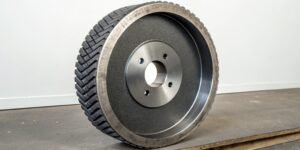
What's the application of CBN Wheels?
Struggling with grinding hard steels? Frequent wheel changes and poor finishes can hurt your bottom line. We have found that CBN wheels provide the durability
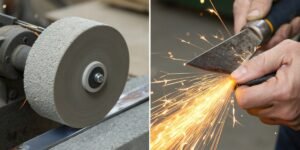
What is the difference between grinding and honing a blade?
A dull blade is a frustrating problem. It slows down production and ruins your workpiece. Using the wrong technique to fix it can cause permanent
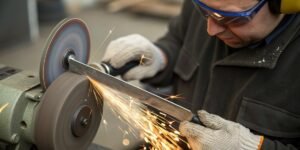
How to sharpen a knife on a bench grinder?
Is your dull knife slowing you down? A bench grinder seems like a quick fix, but you’re worried about ruining the blade. You need a

Can you use an angle grinder as a sander?
Your sanding project is tough, and your regular sander is not powerful enough. You look at your angle grinder. It has the power, but is
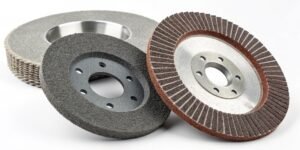
How to judge the quality of a grinding wheel?
Choosing the wrong wheel wastes money and ruins parts. Poor quality leads to downtime and rejection. A few key checks can guarantee you pick the
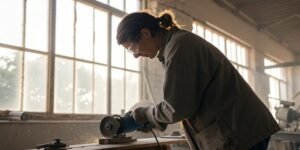
What is low stress grinding?
Struggling with parts failing due to hidden stress from grinding? This common issue causes cracks and reduces component life, costing you money. Low stress grinding
